Wood & Agricultural Recyclable Materials
Materials of wood & agricultural waste that can be used to produce wood based products are:
1. Wood waste
· Construction waste wood
· Carpentries waste
· Discarded wood pallet
· Discarded wood boxes
· Over used wood furniture
2. Agricultural residue
· Date palm tree's residue
· Wheat and rice straw
· Sugar cane fiber ( Bagasse )
· Jute
· Hemp
· Reed
· Rice husk
· Corn stalk
· Cotton stalk
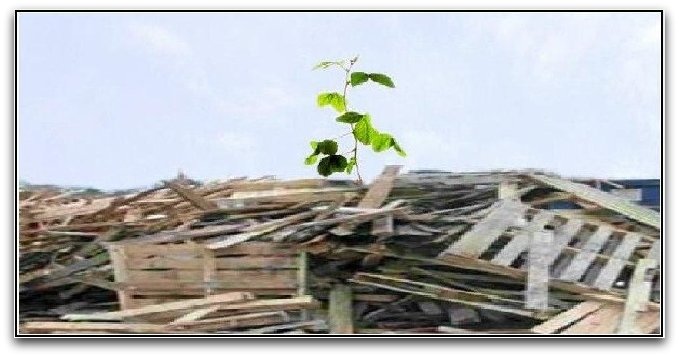
It is a fruitful investment in waste recycling
UTILIZATION
OF URBAN WOOD AND AGRICULTURAL RESIDUE IN THE MANUFACTURE OF BUILDING MATERIALS
Introduction :
Although recycled urban wood and agricultural residue were presented at the near past with substantial physical challenges, the tangible results of experimental tests and research carried out on those raw materials by experts and specialists in this field of industry , made the investors more confident that it can be used as a viable raw material for making wood based products.
Economically, however, the unavailability with stinginess and prices exaggeration of traditional raw materials has a significant impact on the competitiveness of recycled wood and agricultural residue , presently recycled wood and A.R. became more attractive to wood based products manufacturers.
Most of wood based products manufacturing and end-product converting processes
are very intolerant of contaminants. At the near past , neither the extent of the contamination problem, nor the scope of the cleaning challenges were completely recognized.
Raw material cleanliness :
The cleaning system mainly for wood waste must be designed to address the minimization of all three major categories of contaminants :
● Large hard contaminants, like ferrous and non-ferrous metals, rocks, ceramics, glass, and concrete.
Wire and strapping can be particularly hard to handle.
● Soft contaminants such as plastic sheeting, rubber, silicon products, and textiles.
● Grit and Dirt, not only loose dirt, but dried on mud and imbedded sand.
It is clear now that a cleaning strategy must include the following four disciplined steps :
Good Sourcing : The cleaning process is simplified considerably by starting with clean sources.
Industrial wastes from carpentries and other wood remanufacturing operations can be very good if not co-mingled . Construction sites are potentially good, but require careful inspection.
Sorting and Grading : Truckloads of material arriving at the collection yard must be grade inspected for cleanliness before unloading . Storage areas should be designated so that clean material is segregated from unsuitable material. This means that the collector must have alternative outlets for the unsuitable material. Even with the best sourcing strategy, occasional loads will arrive that are too contaminated for product making. Even with good load grading, hand picking is necessary. Before going through the size reduction process, the material should be spread out so loose contaminants can be pulled out. The best opportunity to remove soft and large contaminants is before they are ground up.
Ferrous Metal, Fines, and Oversize Removal : The size reduction machinery should be designed to break the fasteners out of the wood. It is much easier to magnetically clean nails and staples from the chip stream when they aren't still embedded. Multiple, well placed magnets are required to get all the nails, particularly if pallets are used. Most of the loose rocks, and other hard contaminants are brittle and break-up in the size reduction system. Screening, to remove and divert fines to alternative uses, will get much of the sand and grit out of the material. Oversize material , both long slivers and broad chunks, can cause material handling problems at the board plant, so must be separated out and re-processed.
Plant site Re-Cleaning : No matter how hard the collection yard tries, the recycled wood chips will likely still be too contaminated for significant use in some products making. It is important that the plant people accept this and are prepared to perform additional cleaning prior to use. This will involve appropriate levels of screening, magnets, washing, and other separation techniques.
Raw material conveyability :
Nothing is more important to the smooth operation of wood based products plant than material handling. It is imperative that large volumes of raw materials move consistently and continuously through the mill process. Systems at most plants are designed to handle conventional materials like planer shavings, sawdust, and pulp chips. Excessive fines, or a few over-sized pieces, can cause plug-ups or motor overloads that interrupt material flow. The size reduction equipment must be designed to make uniform, chip-like particles;
1 /4" to 3/4" maximum dimensions are ideal. Even with good size control, the geometry, bulk density, and other handling characteristics of ground-up recycled wood may necessitate changes in the mill's conveying systems to allow for its significant use.
Raw material Consistency :
Uniform and consistent size distribution, moisture content, species mix, and rot are all important to wood based products producers. Paying close attention to good sourcing, cleaning, and conveyability, goes a long ways toward addressing other consistency concerns.
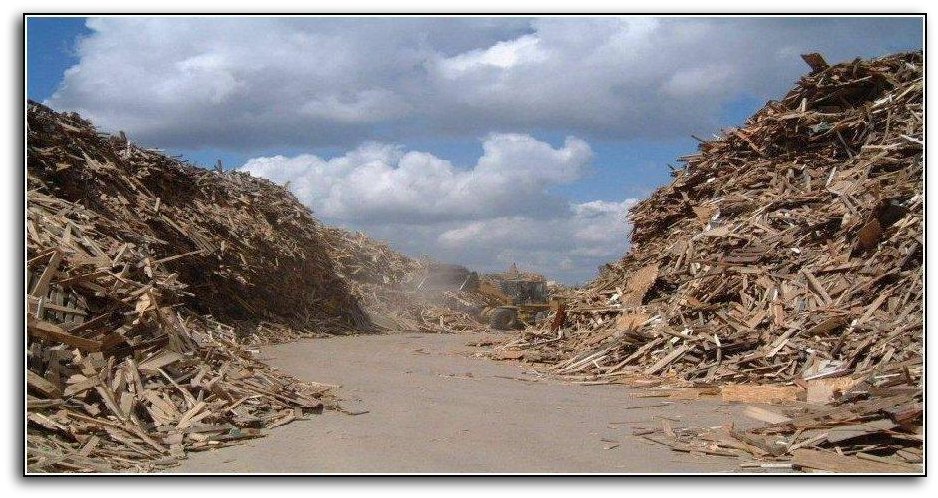
Wood Waste Collection Yard
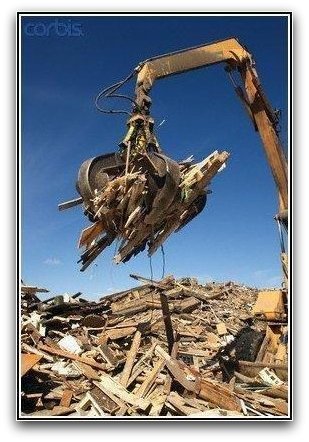
Loading and unloading
of wood waste
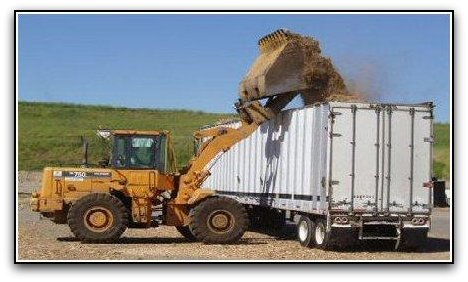
Wood Waste Chips loading & Transportation
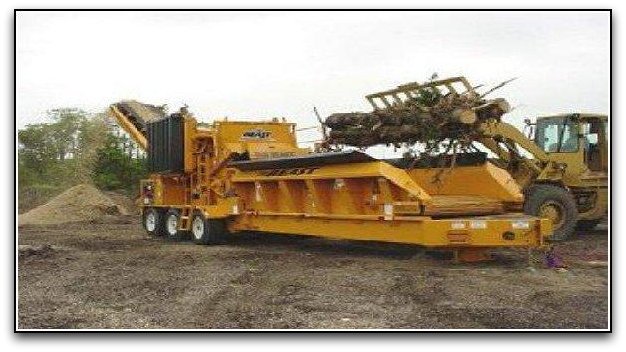
Wood Waste Chipping
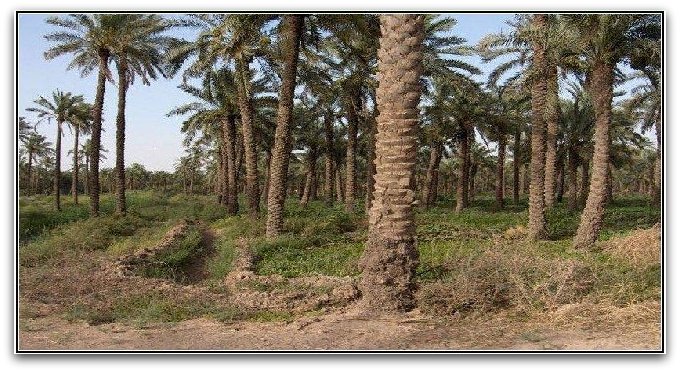
Date Palm Farm , a source of palm waste
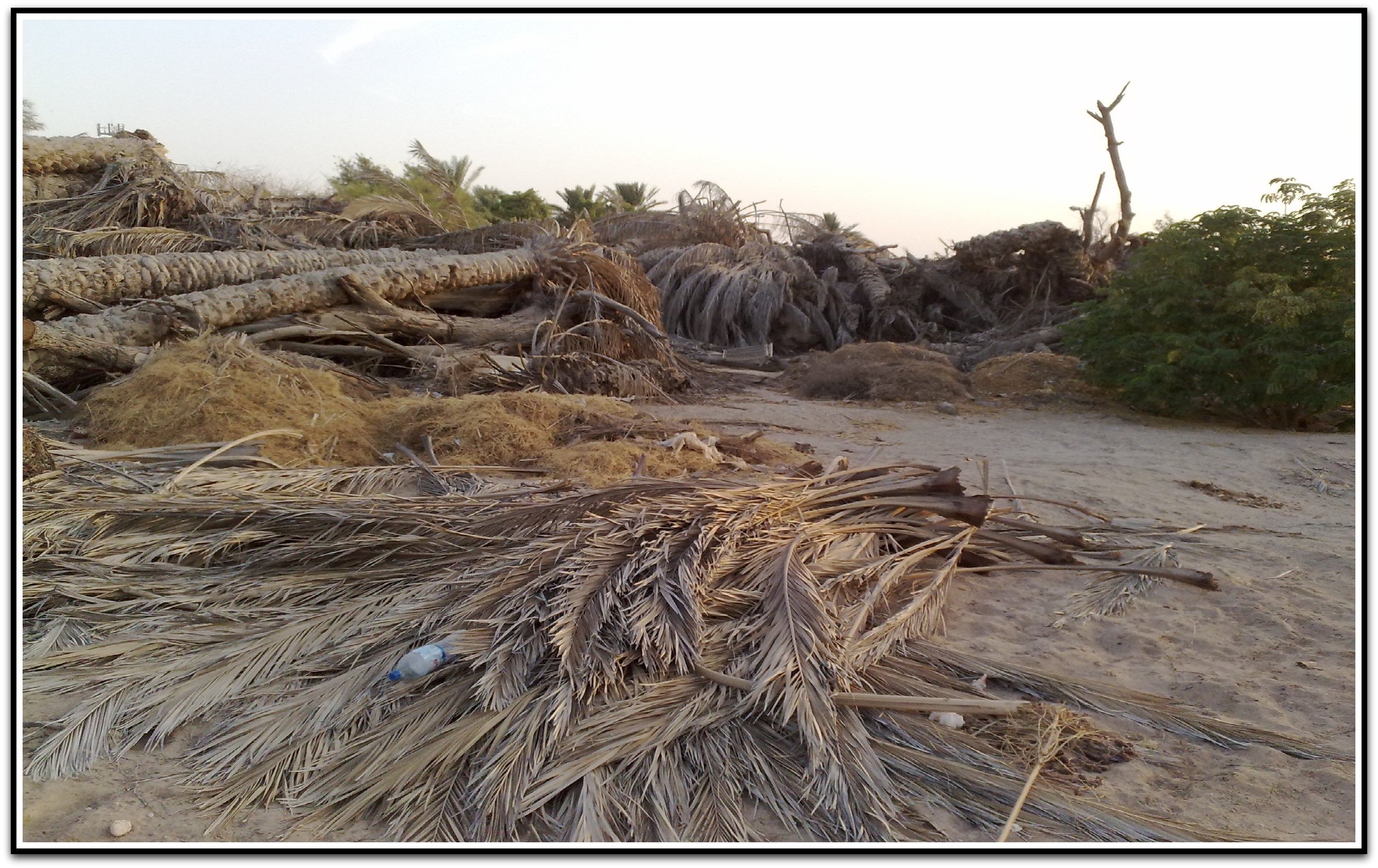
Date Palm Tree's Waste
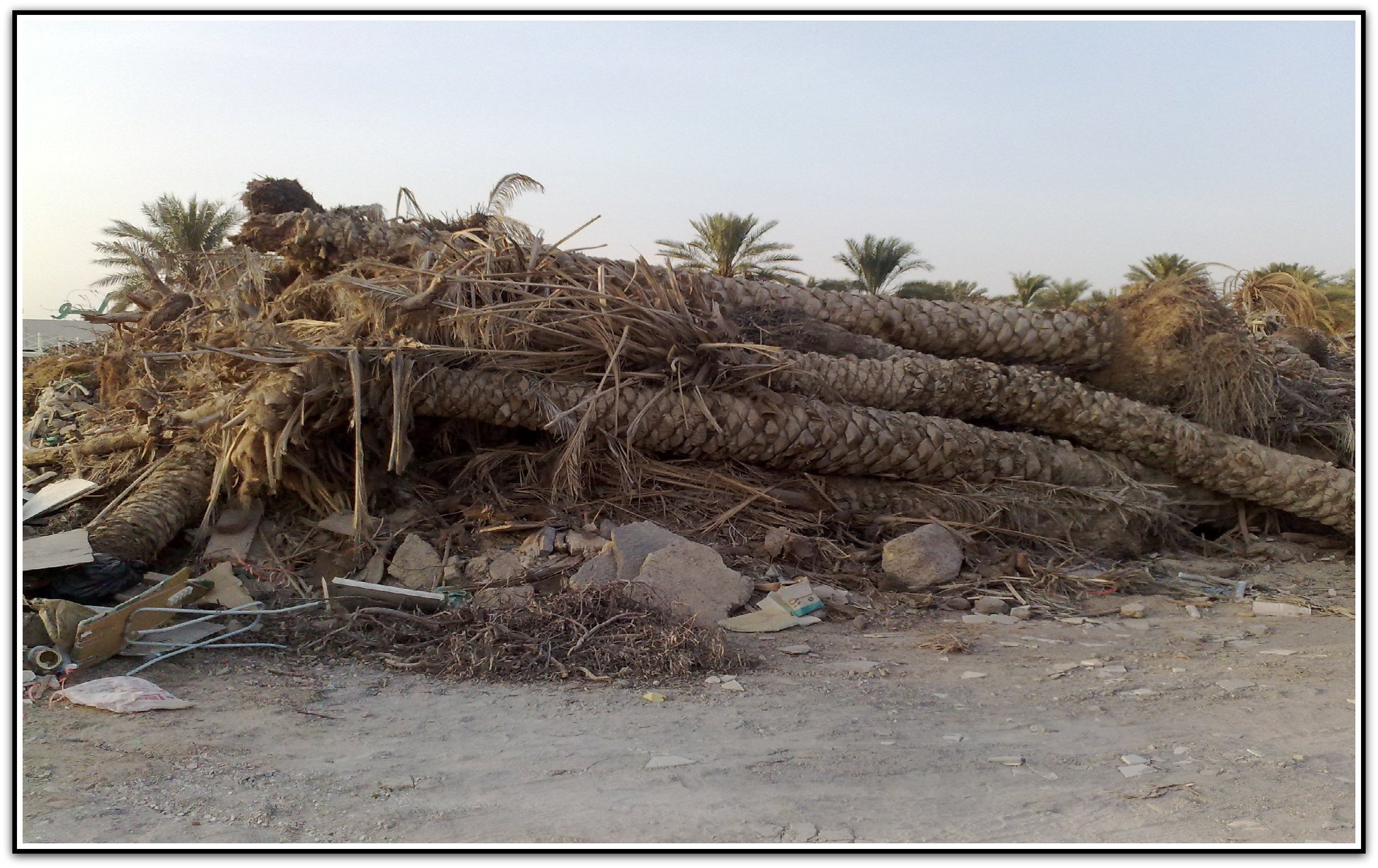
Date Palm Tree's Waste
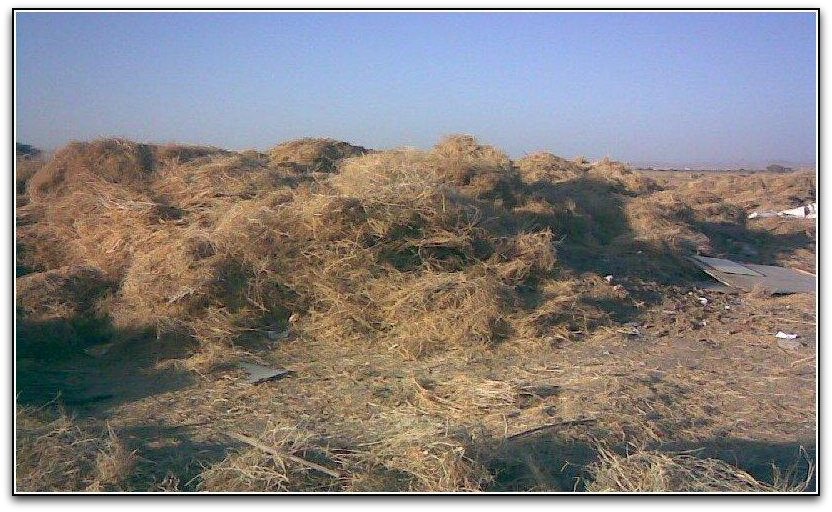
Wheat and Rice straw
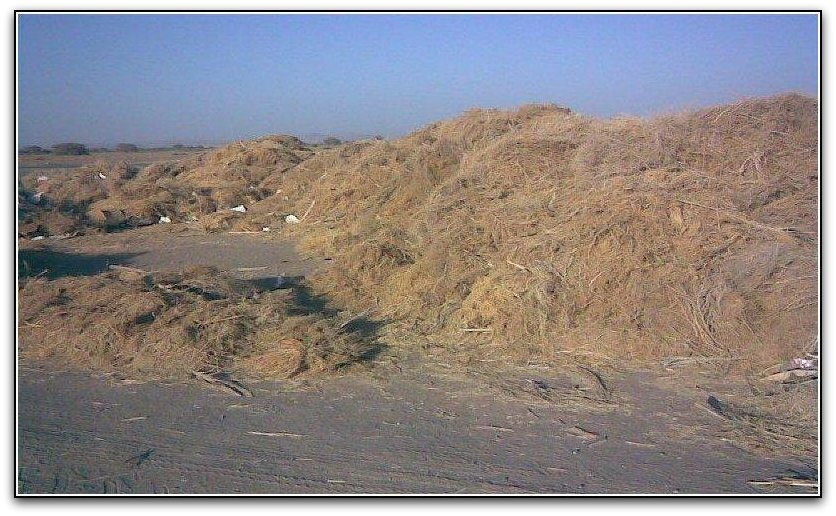
Corn Stalk
__________________________________________________________________________________
Copyright ©2016 Recycling Consult. All rights reserved